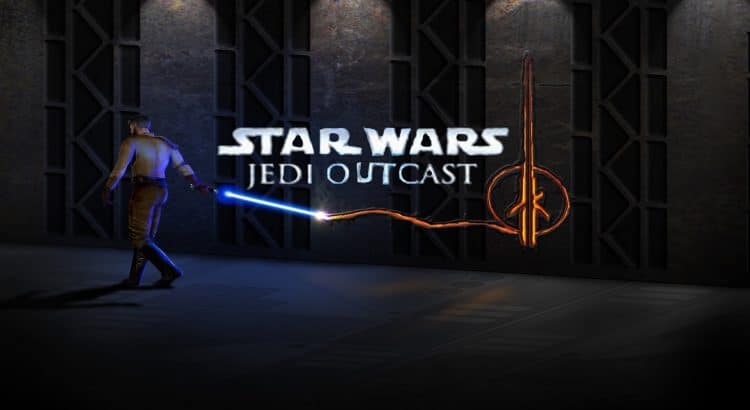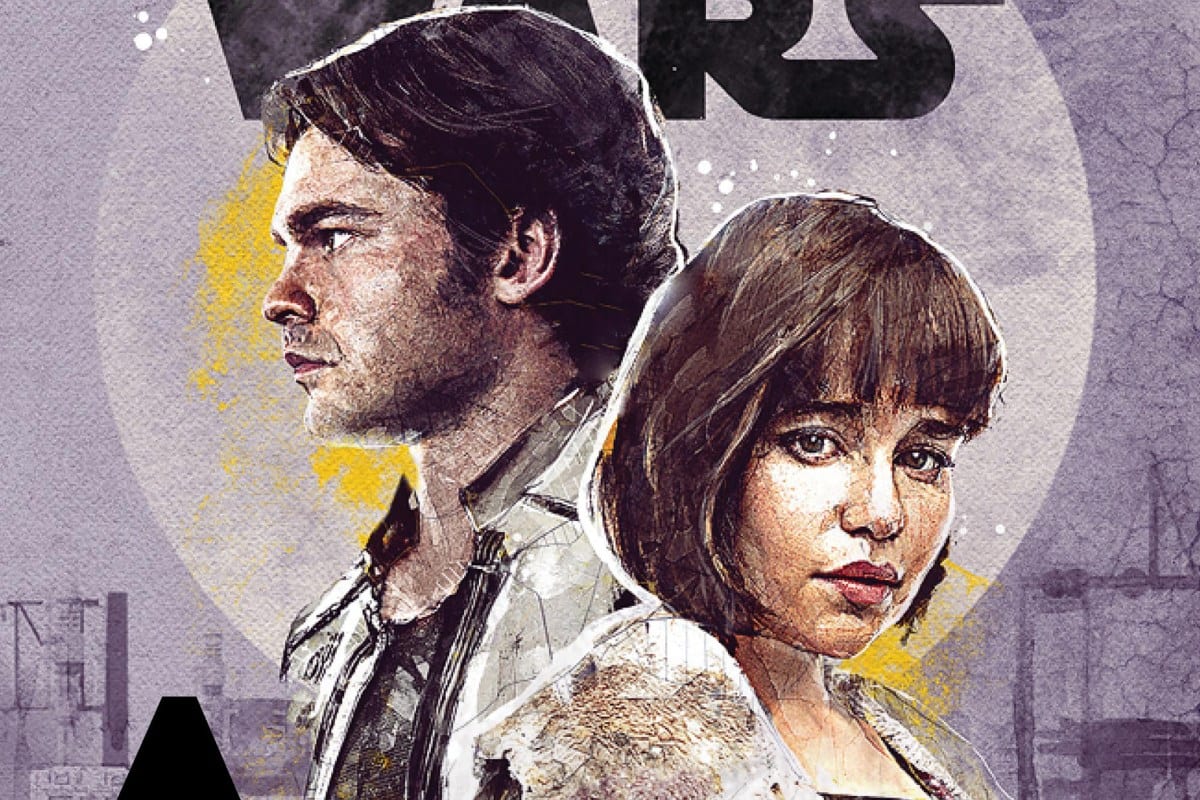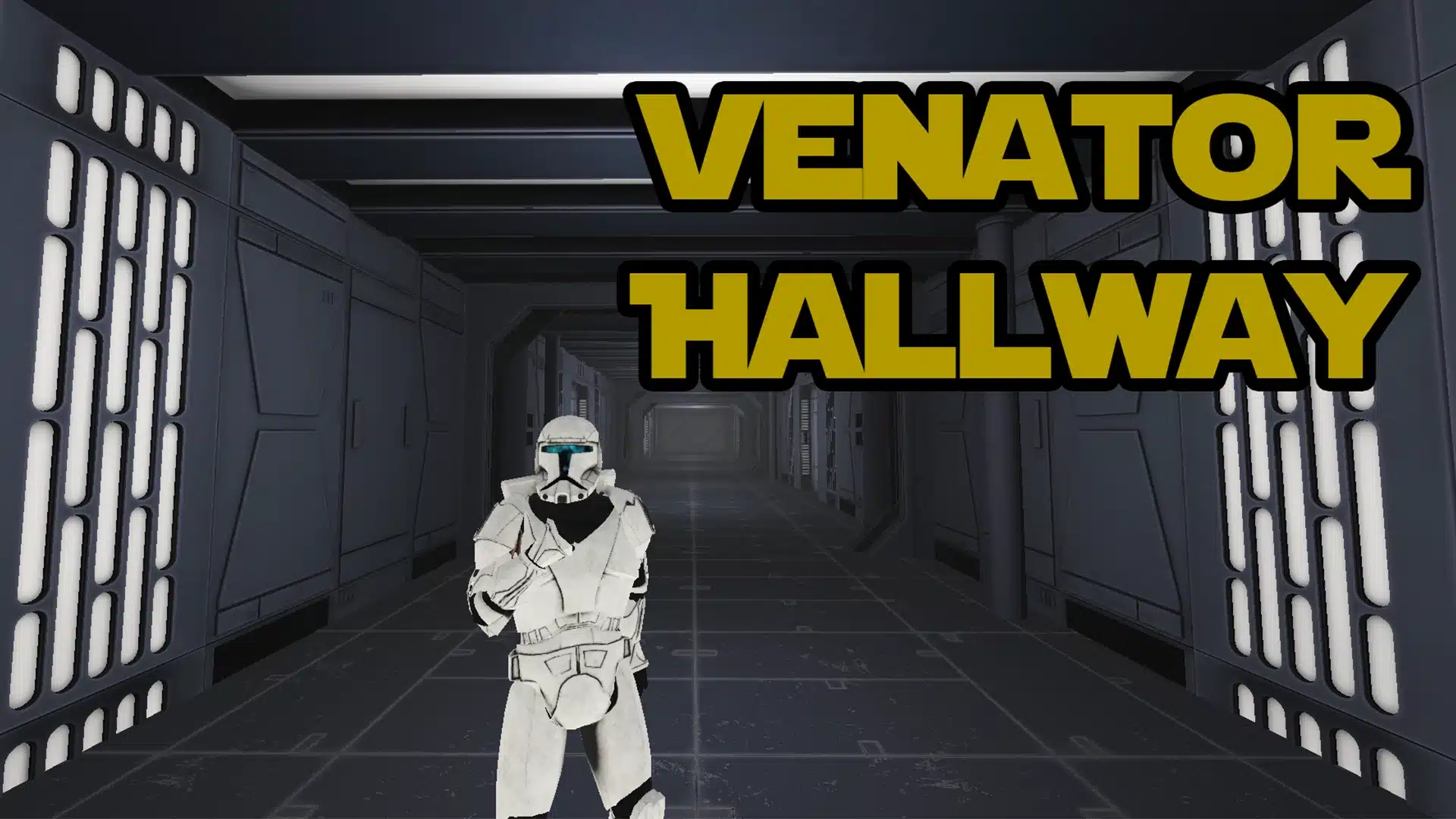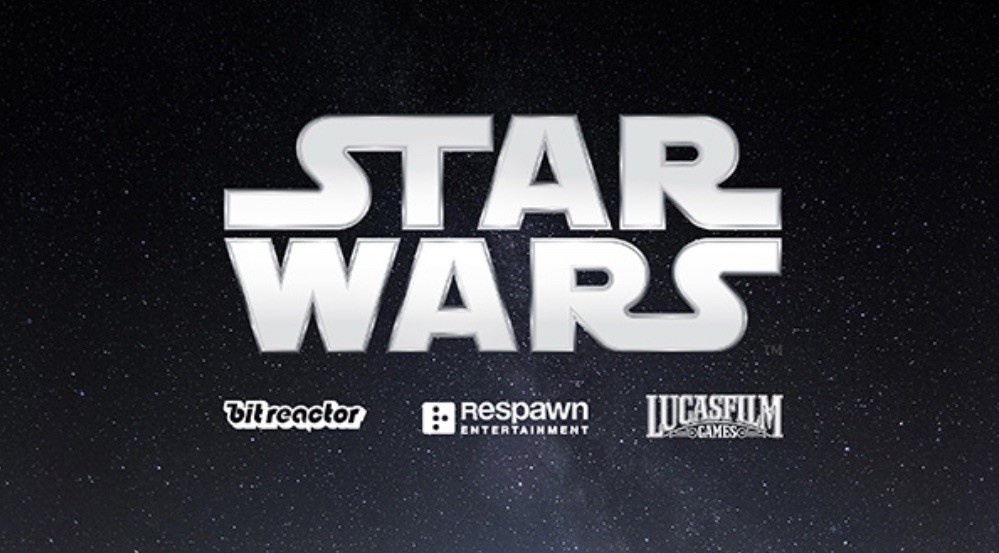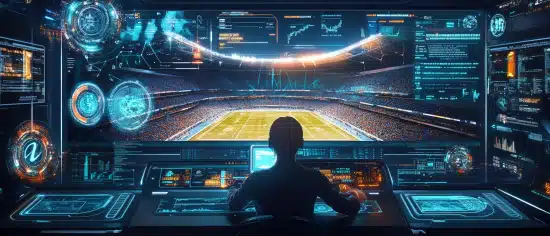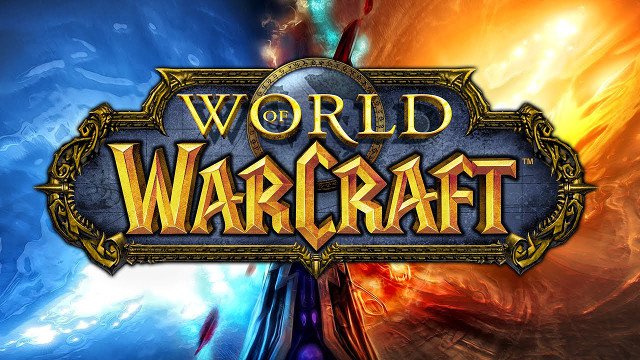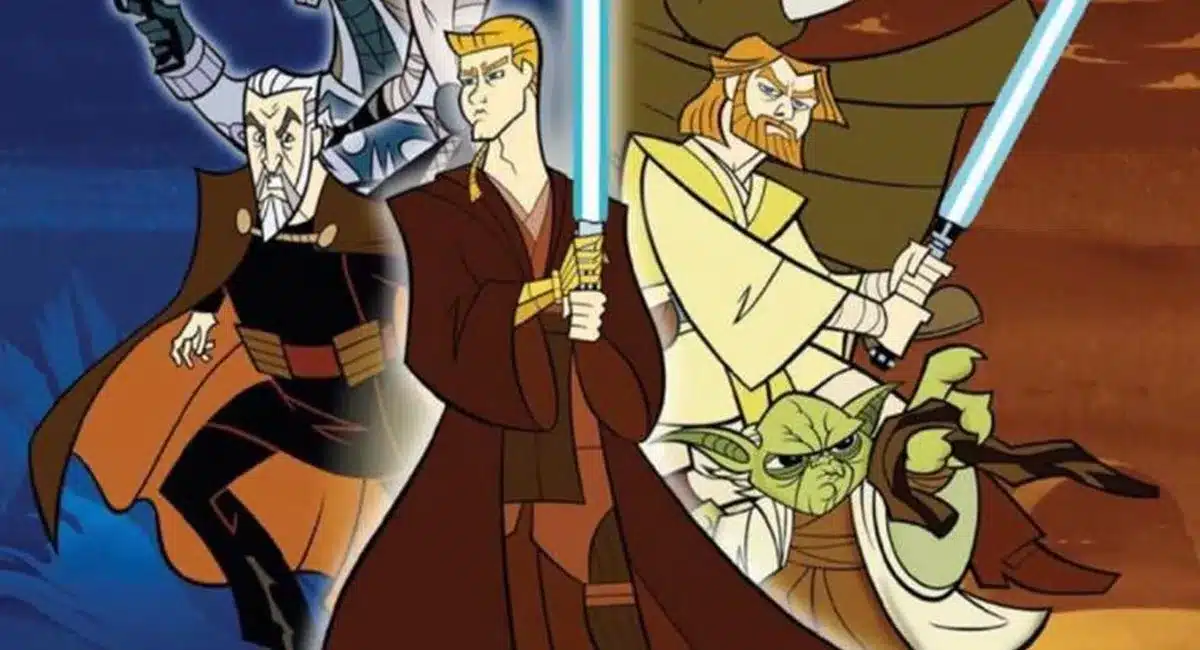On this day in 2002, a Star Wars game was released that did something few others had truly pulled off: it made wielding a lightsaber actually feel good. Star Wars Jedi Knight II: Jedi Outcast launched on March 26, 2002, and whether it was slicing through stormtroopers or force-pushing enemies off ledges just because you could, it was an experience that stuck with players long after the credits rolled.
Now, 22 years later, it’s not just nostalgia talking. Jedi Outcast still holds a unique place in the galaxy of Star Wars video games, and it’s worth revisiting what made it special—and why it’s remembered so fondly.
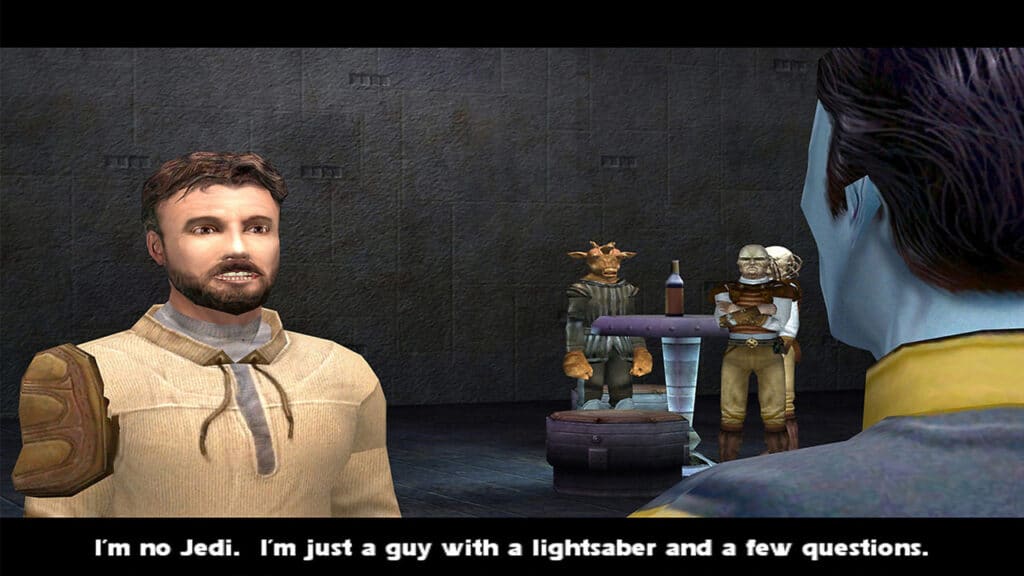
⚔️ The Lightsaber Combat That Set a New Standard
Before Jedi Outcast, lightsaber combat in games was usually a glorified glowing baseball bat situation. The original Dark Forces and Jedi Knight games had their charm, sure—but let’s be honest, the precision wasn’t exactly Kenobi-level.
That changed with Jedi Outcast. Suddenly, players had access to a fluid, responsive, and downright cinematic lightsaber system. You could choose different combat stances, deflect blaster bolts, perform acrobatic attacks, and feel like you were actually controlling a Jedi in full command of the Force.
This was the first time a Star Wars game let you slice a crate and a stormtrooper in the same motion and make it look like a choreographed duel. It wasn’t just fun—it was empowering.
👤 Kyle Katarn: The Galaxy’s Favorite Ex-Stormtrooper-Turned-Jedi
Long before Cal Kestis was wall-running through Empire facilities, there was Kyle Katarn—a rugged, wisecracking former Imperial turned mercenary turned Jedi. Katarn was the kind of character who could deliver sarcastic one-liners and then wipe out a room full of Dark Jedi without breaking a sweat.
In Jedi Outcast, Katarn’s arc takes a dramatic turn as he reconnects with the Force after voluntarily giving it up. That redemption storyline gave the game emotional weight—and gave players a chance to grow with their character both narratively and mechanically.
Also, let’s be real: Katarn was the blueprint for many of the gritty, morally gray Star Wars protagonists that would come after.
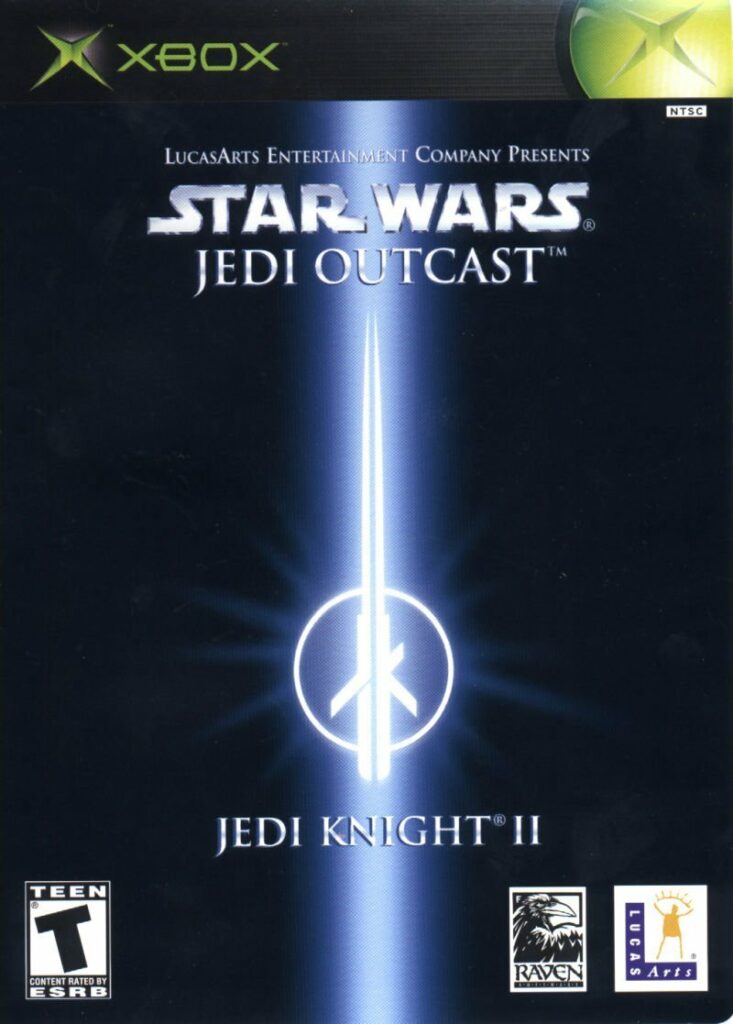
🛠️ Gameplay That Mixed Shooters and Saber Fights (and Somehow Worked)
While the later levels of Jedi Outcast leaned heavily into Jedi powers, the early game started you out with blasters, grenades, and stealthy movement. It was a bold move—delaying the lightsaber until about an hour or two in—but it made the eventual “I’m a Jedi again” moment hit like a Force-charged freight train.
The mix of ranged and melee combat, plus a variety of Force powers (yes, you could Force choke someone off a cliff), gave players a toolkit that felt open and creative. Want to go full light side? Mind trick your enemies. Want to lean dark? Force lightning all day.
It wasn’t just a power fantasy—it was a Star Wars sandbox, and it was glorious.
🧠 Smart Level Design With Real Challenge
Let’s not sugarcoat it: Jedi Outcast could be brutal. Some puzzles required actual thinking, some bosses needed real skill, and if you weren’t saving constantly, you were probably rage-quitting at least once per level.
But that difficulty made it satisfying. When you finally cracked a tough level or pulled off the perfect saber combo mid-air, it felt earned. This wasn’t hand-holding gameplay—it expected you to use your Jedi brain and reflexes.
In the era before quest markers and auto-saves every five seconds, Jedi Outcast asked players to actually pay attention. A wild concept.
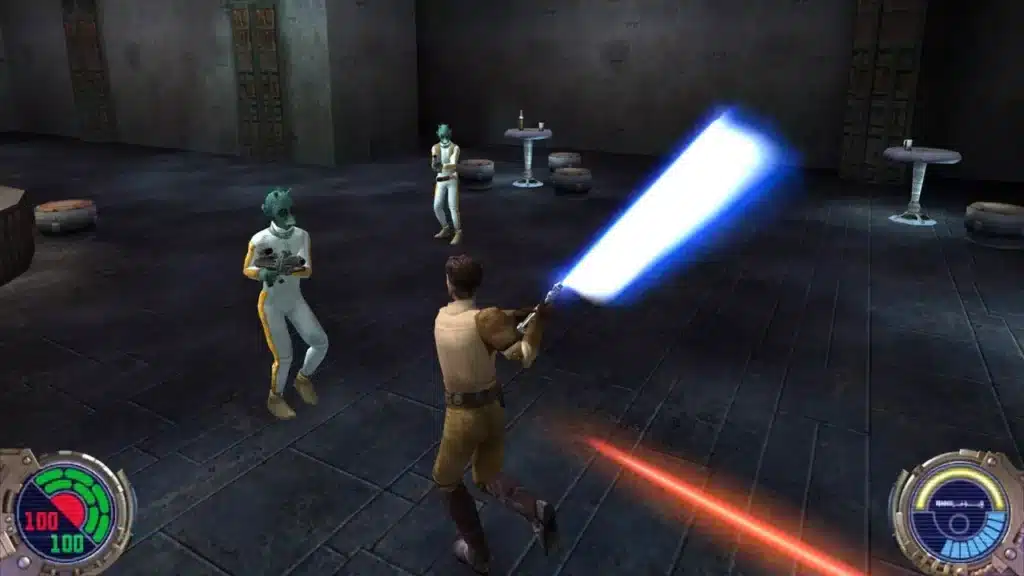
🎮 A Game That Still Has Influence Today
It’s not an exaggeration to say that Jedi Outcast influenced an entire generation of game design. Many modern Star Wars games—including Jedi: Fallen Order and Jedi: Survivor—owe a clear debt to the systems Outcast helped pioneer.
And even outside the Star Wars sphere, its combination of character-driven storytelling, immersive combat mechanics, and hybrid gameplay set a bar that developers continue to chase.
The modding community has kept it alive, the re-releases on modern consoles have brought it to new audiences, and for many longtime gamers, it remains the gold standard for how a Jedi should feel in a game.
💾 Still Worth Playing in 2025?
Surprisingly, yes. While the visuals show their age (polygonal Wookiees, anyone?), the gameplay holds up remarkably well. The lightsaber duels are still tight, the Force powers still fun, and Kyle Katarn is still cooler than half the Jedi in the temple.
Plus, it’s available on modern platforms including Nintendo Switch, PlayStation, Xbox, and PC. So if you’ve never played it—or want to relive some late-night 2000s nostalgia—there’s never been a better time to fire it up.
Just remember to quicksave before fighting Desann. You’ve been warned.
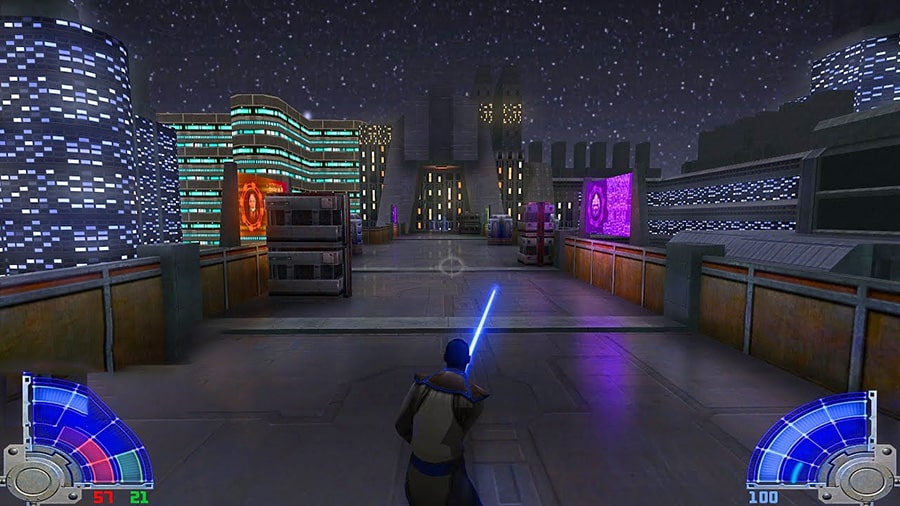
Conclusion: Jedi Outcast Deserves Its Legendary Status
Star Wars Jedi Knight II: Jedi Outcast wasn’t just another licensed tie-in—it was a genre-defining title that helped shape the future of Star Wars gaming. With its deep lightsaber combat, a compelling lead in Kyle Katarn, and a rich blend of storytelling and gameplay, it carved out a lasting legacy.
Now, 22 years later, it’s more than just a nostalgic trip—it’s a reminder of what can happen when a game takes Star Wars seriously while still letting you toss stormtroopers across a room for fun.
Stay connected with all our latest updates by following us on Google News! It only takes a click, and it would mean a lot to us. You’ll get the freshest news, exclusive content, and much more, right at your fingertips. Thanks for your support! 🙌


